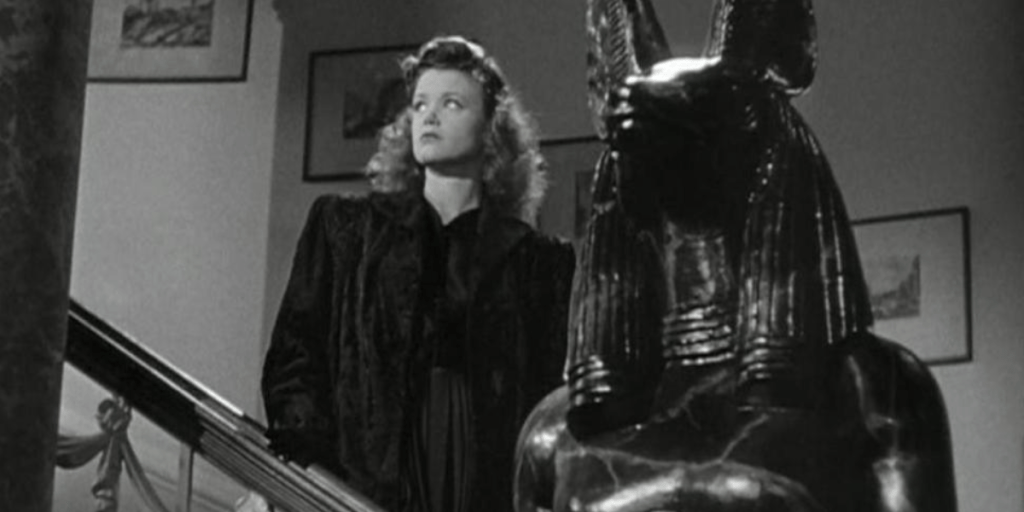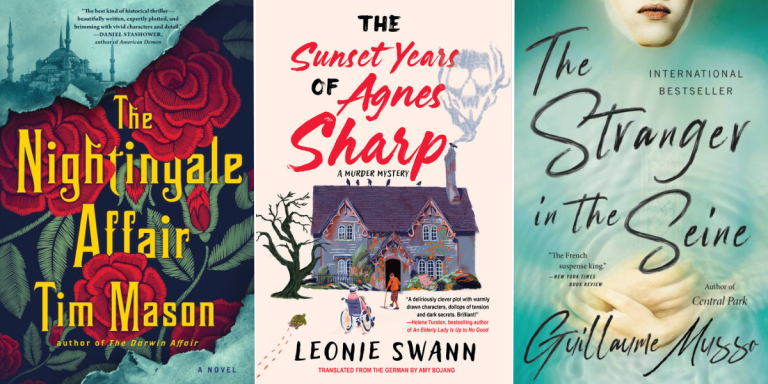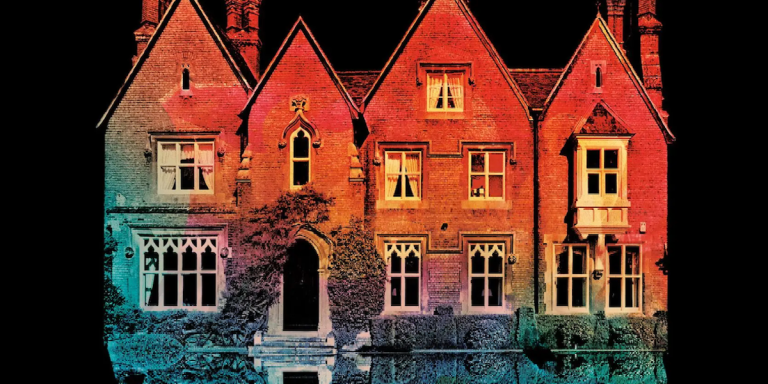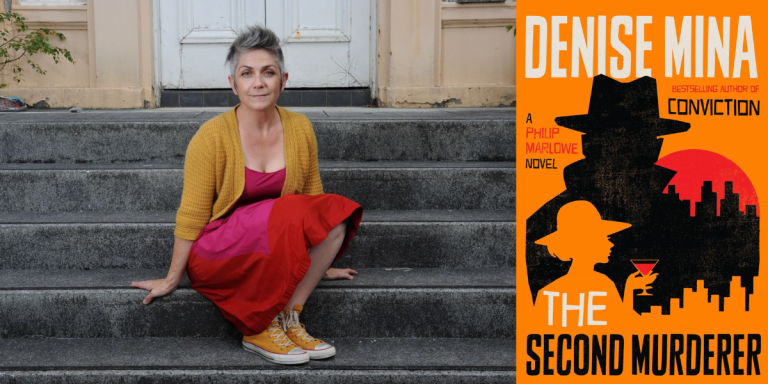The Evolution of the Horror Movie

The uncanny and the fantastic have been an essential part of cinema since its earliest days. The experience of being frightened and the catharsis of relief are a perfect fit for sitting in a darkened room with fellow viewers, and filmmakers going back to cinema pioneer Georges Méliès understood that power. Méliès is known for the groundbreaking special effects of his early science fiction films, but his in-camera tricks could also create a sense of unease, as in shorts like 1896’s The House of the Devil.
Classic works of horror fiction were being used as source material as early as the 1910s, when the first silent adaptations of Mary Shelley’s Frankenstein, Edgar Allan Poe’s The Pit and the Pendulum, and Robert Louis Stevenson’s Dr. Jekyll and Mr. Hyde, among other literary horrors, were produced. Some of the greatest horror films of all time were made during the silent film era, including F.W. Murnau’s Nosferatu and Robert Wiene’s The Cabinet of Dr. Caligari.
The introduction of sound brought another dimension to horror films, and that new age kicked off with 1930’s Dracula, from director Tod Browning. Dracula was produced early enough in the sound era that a silent version was created for theaters still not equipped to show sound films, and it demonstrates some of the awkward adjustments between silent and sound films. It’s also a landmark work that kicked off the defining horror movement of the 1930s and ’40s, the Universal monster movie, which also included Frankenstein, The Wolf Man, The Mummy and many more, plus their various sequels and spin-offs.
The enforcement of the Production Code beginning in 1934 forced horror filmmakers to get more creative, limiting the amount of onscreen violence and death they could show. Producer Val Lewton was one of horror’s most impressive innovators during the 1940s, spearheading atmospheric, spooky films like Cat People and I Walked With a Zombie, both from director Jacques Tourneur.
In the 1950s, with Universal monsters still a major influence and cultural force, ethereal horror was mostly pushed aside by sometimes cheesy monster movies, often with goofy, sensationalistic titles, like Attack of the 50 Foot Woman, The Thing From Another World, and I Was a Teenage Werewolf. Some of these movies, especially low-budget productions and those that quickly took advantage of the 3D trend, are chores to watch, but many of them are surprisingly smart — or at least entertaining in a campy way.
That cheesiness persisted into mainstream horror movies of the 1960s, but the 1968 lifting of the Production Code in favor of the modern-day rating system allowed for more serious, sophisticated horror to flourish, often with a newfound brutality. George Romero’s Night of the Living Dead in 1968 is a landmark of socially conscious horror, using his new variation on the traditional zombie as a vehicle to depict civil unrest and international upheaval.
Horror movies of the 1970s were thus able to more freely depict violence and sexuality, along with other adult themes. Often considered disreputable, horror found a renewed foothold among serious movie-goers with films like William Friedkin’s 1973 The Exorcist, which was nominated for 10 Oscars, including Best Picture. Steven Spielberg’s shark-attack classic Jaws was also nominated for Best Picture, while Romero continued his exploration of zombies as societal allegory with Dawn of the Dead.
The late 1970s saw the rise of the slasher movie, with Tobe Hooper’s The Texas Chain Saw Massacre and John Carpenter’s Halloween paving the way for the full-on slasher boom of the 1980s. Franchises including A Nightmare on Elm Street, Friday the 13th and Child’s Play were born in the ’80s, delivering a new wave of horror icons to rival the introduction of the Universal monsters in the ’30s and ’40s. With their focus on arrays of young, often scantily clad victims, slasher movies appealed to a growing teenage horror market, just as the creature features of the ’50s had for that generation.
After making his mark on the slasher genre with A Nightmare on Elm Street, Wes Craven also defined the self-aware horror of the 1990s with 1996’s Scream, which played with the established “rules” of the genre. Self-awareness too often tipped into self-parody, though, for Scream’s many imitators, and horror in the ’90s was frequently defined by smug condescension rather than innovation.
That lack of innovation in mainstream horror continued into the 2000s, when seemingly every other major release was a remake — almost always inferior — of a past hit. Movies ranging from The Texas Chain Saw Massacre and Friday the 13th to House of Wax and 13 Ghosts were rebooted in the ’00s, with consistently disappointing results. Smaller subgenres, including found-footage movies like Paranormal Activity and so-called “torture porn” films like the Saw and Hostel series, brought in new blood when studio releases seemed to stagnate.
The rise of what came to be known as “elevated horror” from arthouse studios like A24 and IFC Films brought horror back to a sophisticated audience in the 2010s, with films like Ari Aster’s Hereditary and Midsommar and Jordan Peele’s Get Out and Us. Thanks to the expansion in demand for content on streaming services starting in the mid-2010s, micro-budget horror movies also thrived, although the sheer amount of cheap trash has increased exponentially.
That dichotomy, between cheap trash and ambitious artistic statements, has been with horror movies nearly since the beginning, and it’s part of what makes them so entertaining. However the genre evolves next, it’s likely to be in both of those directions, always finding new ways to scare people as the lights go down and the screen flickers to life.
By clicking 'Sign Up,' I acknowledge that I have read and agree to Hachette Book Group’s Privacy Policy and Terms of Use
What to Read Next
Josh Bell is a freelance writer and movie/TV critic based in Las Vegas. He’s the former film editor of Las Vegas Weekly and the former TV comedies guide for About.com. He has written about movies, TV, and pop culture for Vulture, Polygon, CBR, Inverse, Crooked Marquee, and more. With comedian Jason Harris, he co-hosts the podcast Awesome Movie Year.


